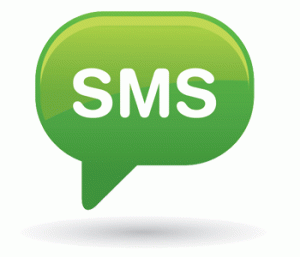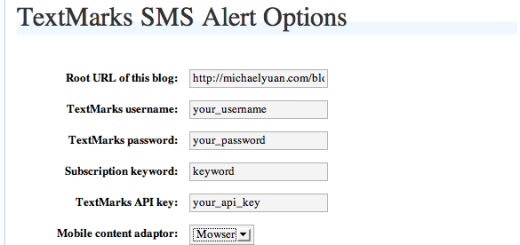SMS 101: What is SMS?
Texting has become such a ubiquitous part of our ever-connected culture that we hardly remember a time when texting wasn’t something we did every single day. Today, however, on average more than 40 text messages are sent every day by American cell phone users. And according to CNN, 8.6 trillion text messages are sent per year globally. In fact, according to the Pew Research Center, alongside taking photos, text messaging is the most common non-voice application Americans use on mobile phones. We can’t stop looking at our phones and we check it more than 150 times per day! So, if our phones are our primary communication tools, we are well-served to use texting as a way to keep in touch and spread critical messages.
What is SMS?
“SMS” stands for “short messaging service” and is also known more commonly as “text messaging.” It is a protocol used to send up to 160 characters of plain text over mobile networks and is supported by most cell phones. In 2013, Americans texted eachother 2.19 trillion times according to survey results from CTIA, and by some reports SMS had well over 4 billion active users — making texting the most widely used data application.
How Does SMS Work?
SMS technology works by using standard communications protocols to allow mobile phones and mobile devices to exchange short messages. As for transmitting a text from one phone to another — the text message from the sending mobile device is stored in a central SMSC (or “Short Messaging Service Center”), which then forwards the text message to the desired destination (usually another mobile phone). The function of SMSCs are to receive text messages, store them, and deliver them to their intended recipients. The centers are a central element in a mobile telephone network.
What Are The Benefits of SMS?
Although often touted as “the humble SMS ,” the term “workhorse of mobile” given by Forrester Research seems more appropriate. Here’s why SMS is still a powerful communication tool:
Short and sweet:
The average American attention span went from 12 seconds in 2000 to 8 seconds in 2013. Even goldfish have longer attention spans at 9 seconds. All the more reason to deliver messages that are short and concise, something SMS has done for over 21 years!
Reaches everybody:
With SMS, pretty much everyone who has a cell phone can receive a text. No need to download an app or have a smartphone.
It’s immediate:
Sending SMS is fast. In seconds, you can send a text to one person or send bulk SMS to large groups. If you have to communicate time-sensitive or urgent information, text messaging is the most immediate way to reach people.
Almost everyone reads texts:
Studies indicate that at 97% of mobile subscribers read a text message within 15 minutes of receiving it. Compare that to the standard open rates of email (22%) or response rates of direct mail (1-3%) and it is clear why including SMS is an important component of any communications strategy.
To learn more about TextMarks SMS Communications service, visit www.textmarks.com.


















